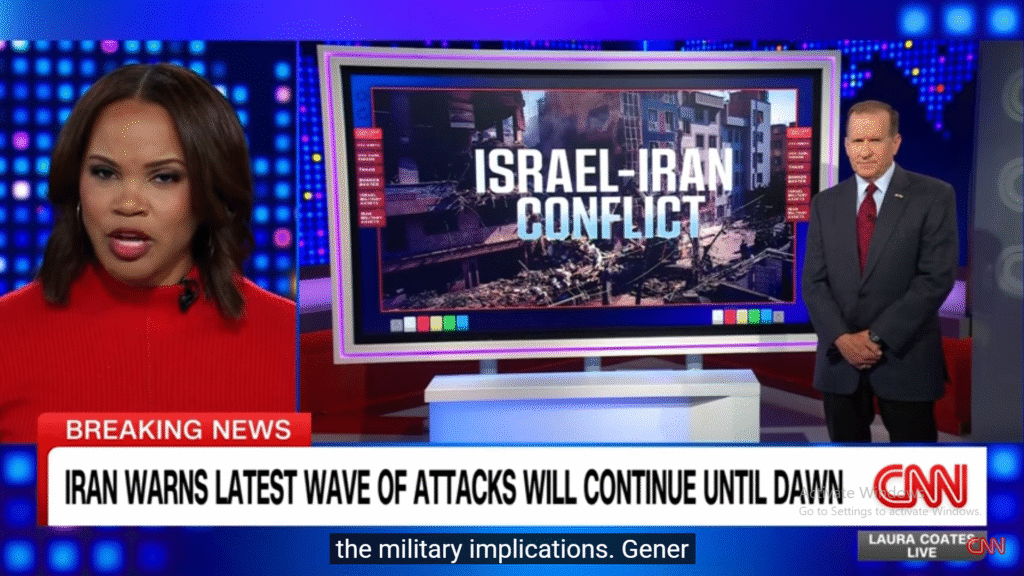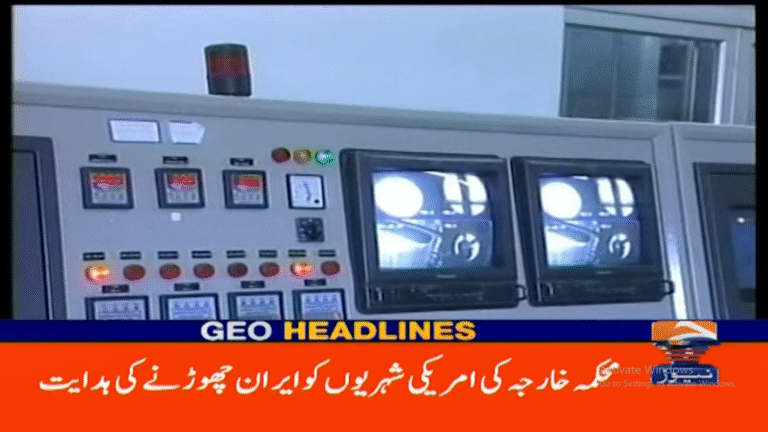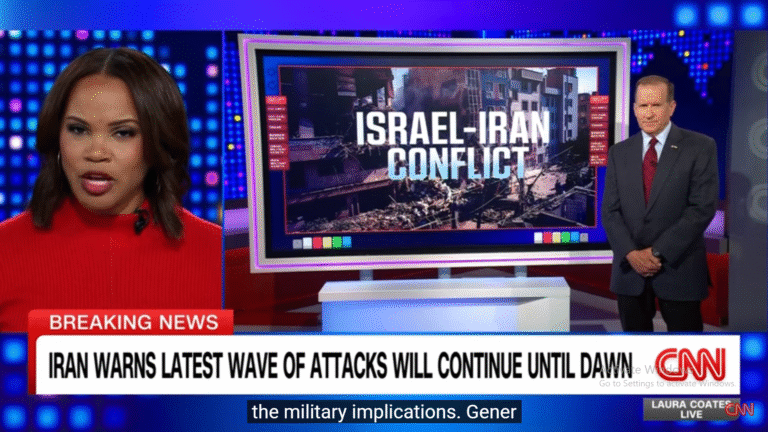
US Military Assets in the Middle East: What’s Available for Rapid Deployment?
As tensions continue to rise across the Middle East, particularly in areas like the Persian Gulf, Israel, and Syria, the presence of US military assets in the Middle East is once again under global scrutiny. The United States maintains a powerful and flexible military presence in the region, ready to respond to crises, deter adversaries, and support allies.
This blog breaks down the key forces and equipment that make up America’s strategic capabilities in this vital geopolitical arena.
Why the Middle East Matters to US Defense Strategy
The Middle East is a volatile region with significant implications for global security, energy supply, and international diplomacy. Therefore, the U.S. considers it essential to maintain a robust and ready military posture. Not only does this reassure allies like Israel and Saudi Arabia, but it also acts as a counterweight to adversaries such as Iran and extremist groups.
Naval Power: Aircraft Carriers and Destroyers
The US Navy plays a major role in maintaining presence and deterrence in the region. The USS Dwight D. Eisenhower Carrier Strike Group, for example, has been active in Middle Eastern waters. These massive floating airbases carry dozens of F/A-18 Super Hornets, electronic warfare aircraft, and advanced surveillance systems.
In addition, destroyers equipped with Aegis missile defense systems help guard against incoming aerial threats, such as drones and ballistic missiles. Their mobility allows them to quickly reposition in response to changing threats.
Air Dominance: Fighters, Bombers, and Surveillance
Air power remains a cornerstone of US military capability in the Middle East. The U.S. routinely deploys advanced aircraft such as:
- F-22 Raptors and F-35 Lightning II stealth fighters
- B-52 Stratofortress bombers for long-range missions
- MQ-9 Reaper drones for surveillance and targeted strikes
Moreover, the U.S. uses airbases in Qatar (Al Udeid), UAE (Al Dhafra), and Kuwait to maintain rapid strike capabilities and regional air superiority.
Ground Forces and Special Operations
While not as visible as naval and air forces, US Army and Marine units are strategically deployed across the region. Many are stationed in Iraq, Syria, and Jordan, where they support counterterrorism operations and train local forces.
Additionally, US Special Operations Forces are often involved in intelligence missions, hostage rescues, and precision strikes. These elite units play a critical role in handling high-risk, high-impact operations.
Missile Defense and Logistics Infrastructure
The US military also maintains THAAD and Patriot missile defense systems in several Gulf nations, including Saudi Arabia and the UAE. These systems are essential for intercepting potential missile attacks from Iran or proxy militias.
Furthermore, the U.S. has an expansive logistics and supply network that allows for fast movement of troops, vehicles, and weapons throughout the region—an essential capability during times of conflict or escalation.
Strategic Readiness and Global Messaging
Having such a vast array of US military assets in the Middle East sends a clear message: the United States is prepared to act swiftly in defense of its interests and allies. It also serves as a deterrent to adversaries, who may think twice before escalating tensions.
Conclusion
The array of US military assets in the Middle East reflects not only America’s military strength but also its strategic priorities. From high-tech aircraft carriers to precision strike aircraft and elite ground forces, the U.S. maintains a multi-dimensional presence that can adapt to any crisis. As regional tensions shift, these assets stand ready—whether to support allies, stabilize conflict zones, or confront threats head-on.





